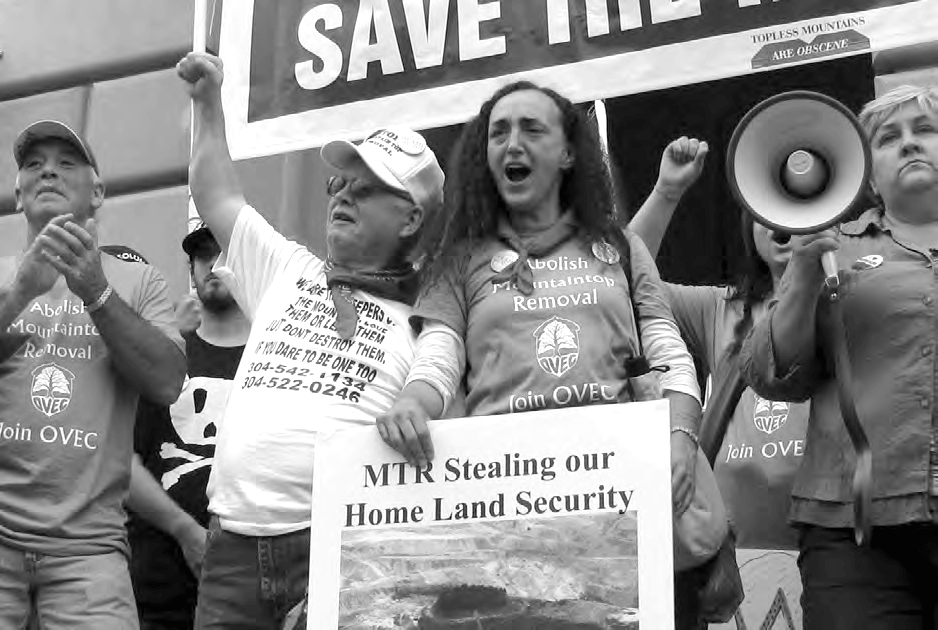I used the Coal, Chocolate Chip Cookies, and Mountaintop Removal lesson most recently with a group of mostly 9th grade Earth & Environmental Science students.
My high schoolers pointed out how the activity shows that mining and reclamation are seemingly equal processes, according to amounts of time, even though reclamation of land post-mining would actually be a lengthy and sometimes impossible project. One student shared how silly that thought was, “You can’t just gather the crumbs and stick them back, those are plants and animals and homes and peoples livelihoods.” It was easy for them to connect this to environmental issues on water and erosion, how the loose crumbs would actually travel everywhere (as they actually did for some of the students), carrying valuable land away as well as any toxins they picked up.This led us into a natural conversation about other waste products from coal beyond mining, something missing from the cookie activity, which was very pertinent in my North Carolina classroom, where a coal ash spill had recently taken place. We coupled the activity with watching clips from Coal Ash Stories, a compilation of six short films that illustrate the public health concerns and community response to this byproduct.
To note, I modified the activity on two different occasions with inclusion classes (and might do the same in elementary classes). In one class, students got to choose whichever type of cookie they’d like and we just focused on the money related to their mining success and the reclamation. This still allowed us to compare how mining affects different land types and still talk about the destruction and reclamation of the land, as well as what the simulation didn’t show. I also tried it once using “play money” as in the original plans and without the actual calculations sheet, which was more tangible and easier for several students. Both methods were effective in helping all the students in the classroom participate without having to keep track of calculations on a separate paper.







Twitter
Google plus
LinkedIn